Ultimate Guide to Automotive AC Repair

Understanding the intricacies of vehicle climate control is essential for any car owner. This section provides valuable insights into the components and functioning of air conditioning systems, allowing individuals to troubleshoot common issues and maintain optimal performance. By familiarizing oneself with the basic principles, you can ensure a comfortable driving experience, regardless of the weather conditions outside.
The climate control system plays a crucial role in enhancing passenger comfort and ensuring the vehicle operates efficiently. From the compressor to the condenser, each element contributes to the overall functionality. Recognizing the symptoms of malfunctioning components empowers drivers to take appropriate action and seek the necessary assistance when required.
Through this guide, readers will gain a deeper understanding of how to assess their vehicle’s air conditioning system effectively. Whether you are aiming to diagnose a minor issue or prepare for seasonal maintenance, equipping yourself with knowledge will make all the difference. Embrace the journey toward mastering your vehicle’s climate system and enjoy the benefits of a well-functioning environment on the road.
Understanding Automotive AC Systems
Cooling mechanisms in vehicles are vital for maintaining comfort during warm weather. These systems utilize a series of components to regulate temperature and humidity inside the cabin, ensuring an enjoyable driving experience. A clear grasp of how these systems function can aid in troubleshooting issues and enhancing overall efficiency.
Components of the Cooling System
The primary elements involved in the cooling system include the compressor, condenser, evaporator, and expansion valve. Each part plays a significant role in the cycle that transforms refrigerant from gas to liquid and back again. The compressor is essential for circulating refrigerant, while the condenser cools and condenses it into a liquid state. The evaporator absorbs heat from the cabin air, and the expansion valve controls the flow of refrigerant into the evaporator.
How the Cooling Cycle Works
The cooling process starts when the compressor compresses the refrigerant gas, raising its pressure and temperature. This high-pressure gas then flows into the condenser, where it releases heat and changes into a liquid. The liquid refrigerant then passes through the expansion valve, where it expands and cools before entering the evaporator. Inside the evaporator, it absorbs heat from the cabin air, resulting in cooler air being blown into the vehicle. This continuous cycle is crucial for effective temperature control.
Common AC Problems in Vehicles
The air conditioning system in cars plays a crucial role in providing comfort during travel. However, like any mechanical system, it can encounter various issues that hinder its performance. Understanding these common problems can help vehicle owners recognize symptoms early and seek appropriate solutions.
Insufficient Cooling
One of the most frequent complaints is inadequate cooling. This can result from several factors, including low refrigerant levels, a malfunctioning compressor, or blocked condenser coils. Low refrigerant often indicates a leak in the system, which should be addressed promptly to avoid further damage. Regular checks can help maintain optimal performance.
Unpleasant Odors
Unpleasant smells emanating from the AC vents can signal mold or mildew growth within the system. This issue often arises from moisture buildup in the evaporator core. To combat this, it is essential to keep the system clean and consider using a disinfectant treatment to eliminate any unwanted odors. Regular maintenance can prevent these odors from becoming a persistent issue.
Tools Required for AC Repair
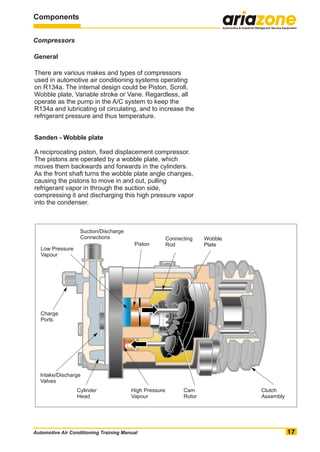
Effective troubleshooting and servicing of air conditioning systems necessitate a specific set of instruments. Having the right equipment on hand not only streamlines the process but also enhances accuracy and safety. Below is a comprehensive overview of essential tools that are commonly employed in this field.
Essential Tools
- Manifold Gauge Set: This is crucial for monitoring pressure levels in the refrigerant system.
- Vacuum Pump: Used to remove moisture and air from the system prior to recharging.
- Refrigerant Scale: Ensures the correct amount of refrigerant is added during servicing.
- Leak Detection Tools: Essential for identifying any leaks within the system.
- Thermometer: Measures temperature at various points to assess system performance.
Additional Instruments
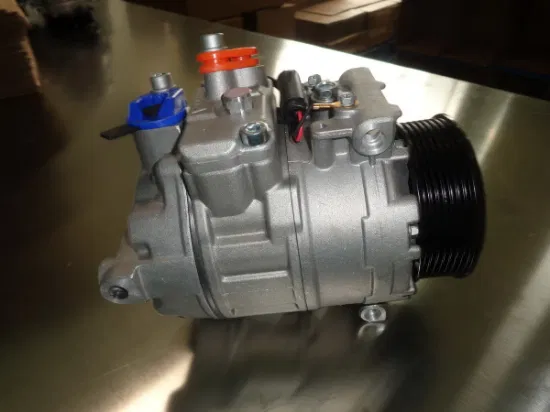
- Wrenches and Sockets: Necessary for loosening or tightening fittings and components.
- Multimeter: Useful for diagnosing electrical issues related to the AC system.
- Safety Glasses: Important for protecting your eyes during maintenance tasks.
- Gloves: Ensures safety while handling refrigerants and sharp components.
- Flashlight: Aids visibility in tight or dark spaces within the vehicle.
Having these tools readily available can significantly improve the efficiency and effectiveness of servicing air conditioning units. Proper preparation is key to successful maintenance and ensuring optimal performance.
Step-by-Step AC Troubleshooting Guide
This guide provides a systematic approach to identifying and resolving issues related to your vehicle’s cooling system. By following these steps, you can efficiently diagnose common problems and determine the necessary actions to restore optimal performance.
Initial Assessment
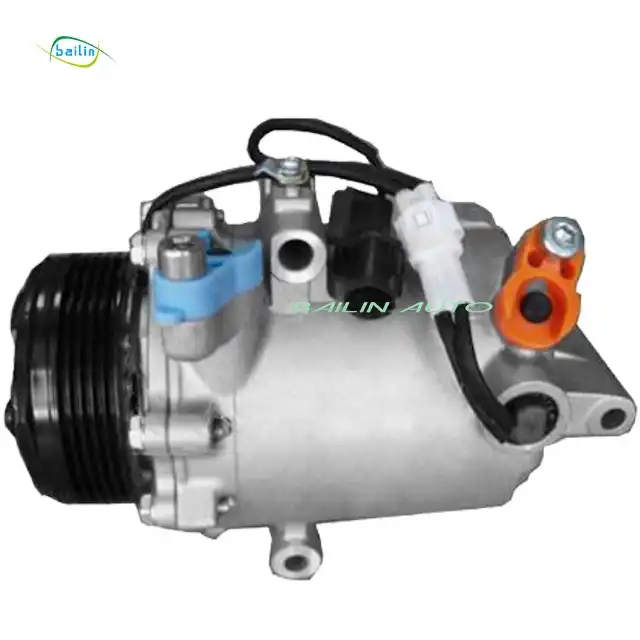
Begin by evaluating the overall functionality of the cooling system. Check for any unusual noises, leaks, or irregular performance. Gather information about any symptoms you’ve noticed, as this will help narrow down potential causes.
Troubleshooting Steps
| Step | Action | Expected Outcome |
|---|---|---|
| 1 | Inspect the fuses and relays. | No blown fuses or faulty relays. |
| 2 | Check the refrigerant level. | Proper refrigerant level maintained. |
| 3 | Examine the compressor operation. | Compressor engages and disengages smoothly. |
| 4 | Look for any visible leaks. | No signs of leakage in the system. |
| 5 | Test the temperature output. | Cool air is being produced. |
Following these steps will guide you in identifying the source of the issue. If problems persist, further investigation may be necessary, or it might be time to consult a professional for assistance.
Refrigerant Types and Their Uses
The effectiveness of cooling systems heavily relies on the type of refrigerant utilized. Different substances offer varying properties that make them suitable for specific applications. Understanding these differences is essential for optimizing performance and ensuring efficient operation.
Common Refrigerants
Several widely used refrigerants include R-134a, R-1234yf, and R-12. R-134a has been a popular choice due to its balance of performance and lower environmental impact compared to its predecessor, R-12. However, the industry is gradually transitioning to R-1234yf, which boasts even lower global warming potential, making it a more environmentally friendly option.
Specialized Refrigerants
In addition to the common types, specialized refrigerants are also available. For instance, R-410A is used in high-efficiency cooling systems, while R-744 (carbon dioxide) is gaining traction for its natural properties and minimal ecological footprint. Each refrigerant type comes with its own set of advantages and drawbacks, making it crucial to select the right one based on specific requirements and environmental regulations.
Maintenance Tips for Vehicle AC
Ensuring a comfortable climate inside your vehicle requires regular attention to its cooling system. Proper upkeep not only enhances performance but also extends the lifespan of essential components. Here are some effective strategies to maintain optimal functionality.
Regular Inspection: Periodically check the system for any signs of wear or damage. Look for leaks, unusual noises, or changes in airflow. Early detection can prevent more extensive issues down the line.
Replace Filters: Clogged filters can restrict airflow and reduce efficiency. It’s advisable to replace or clean air filters at least every few months to ensure clear and cool air circulates within the cabin.
Recharge Refrigerant: If you notice decreased cooling performance, it may be time to recharge the refrigerant. Low levels can significantly impact efficiency and effectiveness.
Run the System Regularly: Even in cooler months, operating the AC for a few minutes helps maintain the seals and prevents them from drying out. This practice keeps the system in good working order year-round.
Clean the Condenser: Dust and debris can accumulate on the condenser, hindering its ability to cool efficiently. Regularly cleaning this component can improve performance and prevent overheating.
Seek Professional Help: If you encounter persistent issues or complex problems, consulting a professional technician is advisable. Their expertise can ensure that all aspects of the system are functioning optimally.
Diagnosing Electrical Issues in AC
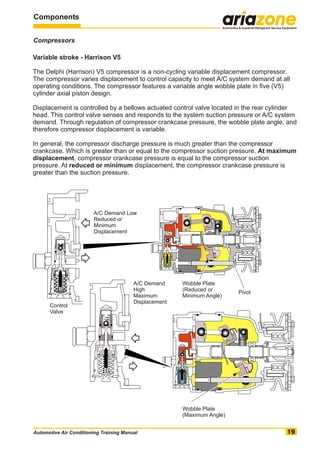
Identifying electrical problems in climate control systems can be a challenging task, yet it is crucial for ensuring optimal performance. Many issues arise from faulty connections, defective components, or irregular voltage levels. Understanding the underlying causes can help in effectively addressing these concerns and restoring functionality.
Common Symptoms of Electrical Failures
Several indicators may signal electrical malfunctions within the cooling system. Inconsistent temperature control often suggests issues with the wiring or switches. Additionally, strange noises when the system is engaged can indicate problems with the compressor or related components. Regular monitoring of these symptoms is essential for timely intervention.
Diagnostic Steps
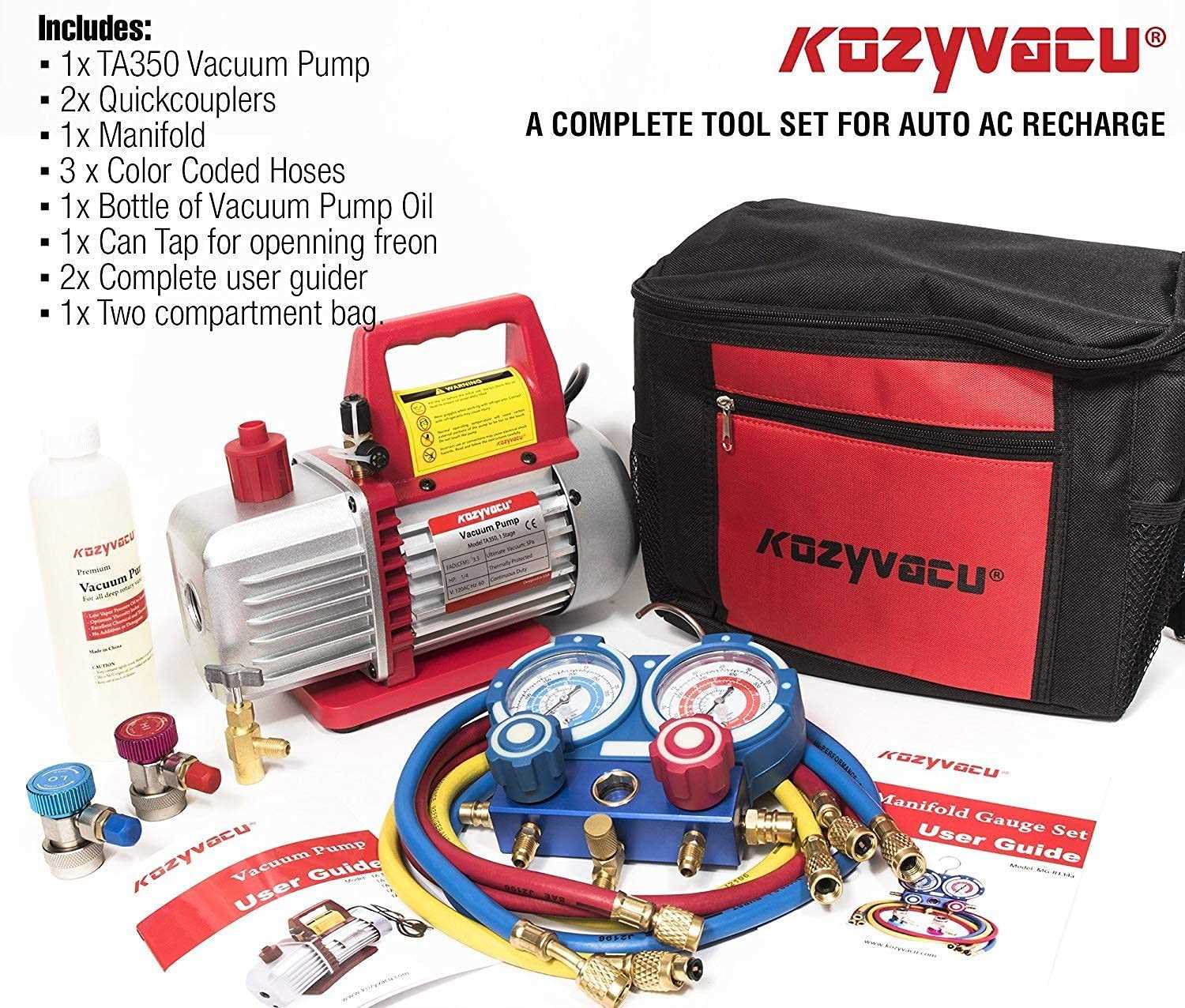
To accurately diagnose electrical issues, start by inspecting connections for corrosion or loose fittings. Next, utilize a multimeter to measure voltage and continuity in the circuit. Ensure that the power supply is stable and within the required range. If anomalies are detected, further investigation into individual components like relays and sensors may be necessary to pinpoint the source of the issue.
How to Replace AC Components
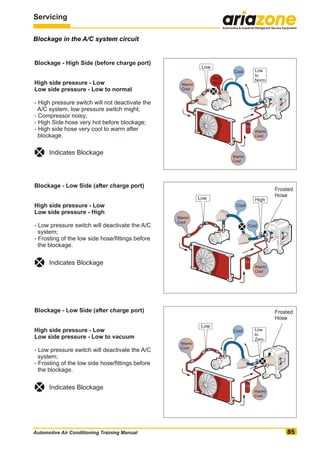
When dealing with cooling systems in vehicles, understanding how to efficiently swap out various parts is crucial for maintaining optimal performance. This guide will provide you with essential steps and tips to ensure a smooth replacement process for key components.
Identifying the Component to Replace
Before starting, it’s important to diagnose which part is malfunctioning. Common culprits include compressors, condensers, and evaporators. Visual inspection can often reveal leaks or signs of wear, while a system test can help pinpoint issues that aren’t immediately visible. Ensure you have the correct replacement part on hand before proceeding.
Step-by-Step Replacement Process
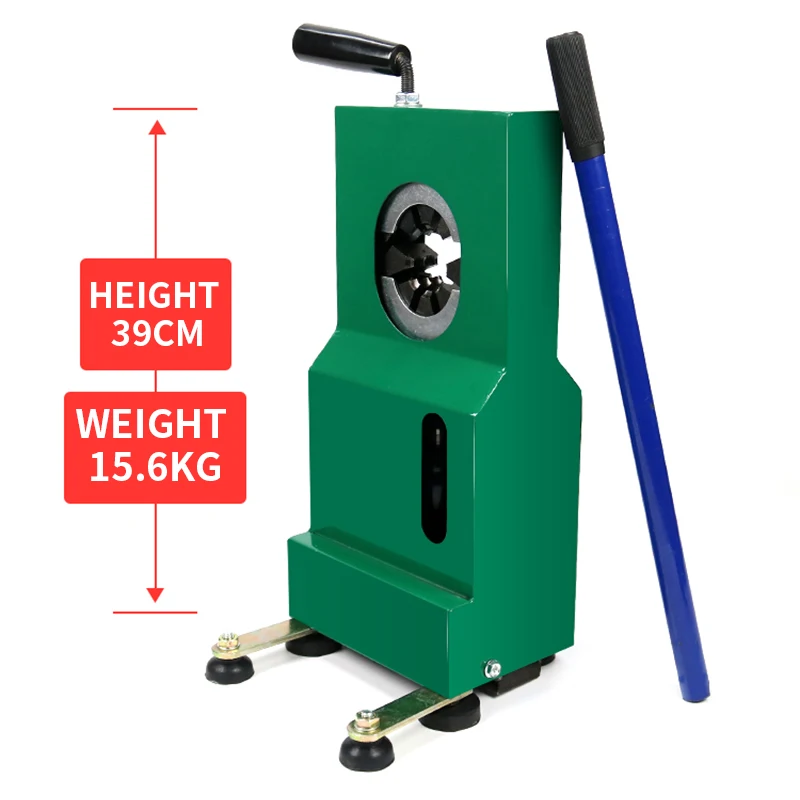
Once you’ve identified the faulty component, follow these steps:
- Gather Tools: You’ll need wrenches, screwdrivers, and possibly specialized tools for certain parts.
- Disconnect Power: Always start by disconnecting the battery to prevent any electrical hazards.
- Remove the Old Component: Carefully detach any hoses or connections, taking care to avoid damaging surrounding parts.
- Install the New Component: Follow the manufacturer’s instructions for installation, ensuring all connections are secure.
- Recharge the System: After installation, refill the refrigerant according to specifications to restore functionality.
By following these guidelines, you can effectively replace AC components, ensuring your cooling system operates efficiently.
Signs Your AC Needs Professional Help
Recognizing when your cooling system requires expert attention can prevent further issues and costly repairs. Several indicators can signal that something is amiss, prompting you to seek assistance from a trained technician.
Unusual Noises
If your unit begins to emit strange sounds, such as grinding, hissing, or clanking, it may indicate loose components or mechanical failures. These noises often suggest that internal parts need immediate evaluation to avoid potential breakdowns.
Inconsistent Cooling
When the air produced is not consistently cool or when certain areas of your space remain warm, this could reflect a malfunctioning system. Inadequate airflow or temperature fluctuations are often signs that your unit may require professional diagnostics and service.
Additionally, keep an eye out for any unusual odors or the presence of moisture around the unit, as these can also signal underlying issues. Timely intervention can enhance the efficiency and lifespan of your cooling system.
Cost Considerations for AC Repairs
Understanding the financial aspects of air conditioning maintenance can significantly impact decision-making for vehicle owners. Several factors contribute to the overall expenses involved, which can vary widely based on circumstances.
- Diagnosis Fees: Initial assessments often come with a service charge.
- Parts Replacement: Costs for new components can fluctuate based on brand and quality.
- Labor Charges: The expertise required can influence hourly rates charged by technicians.
- Geographic Location: Prices may differ depending on regional economic conditions.
- System Type: Various air conditioning systems can have different complexities, affecting total costs.
Being aware of these elements enables vehicle owners to make informed choices and budget effectively for necessary services.